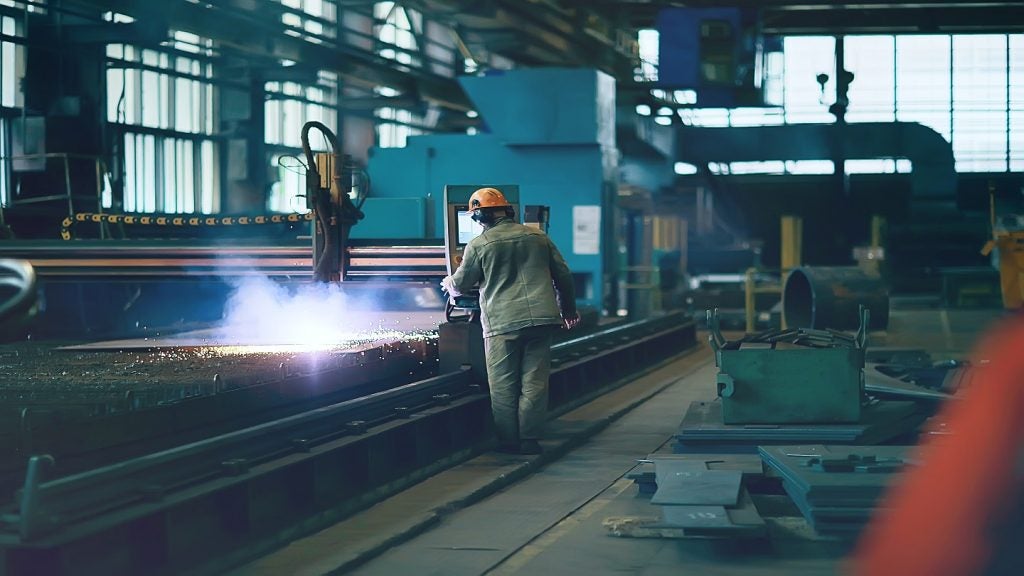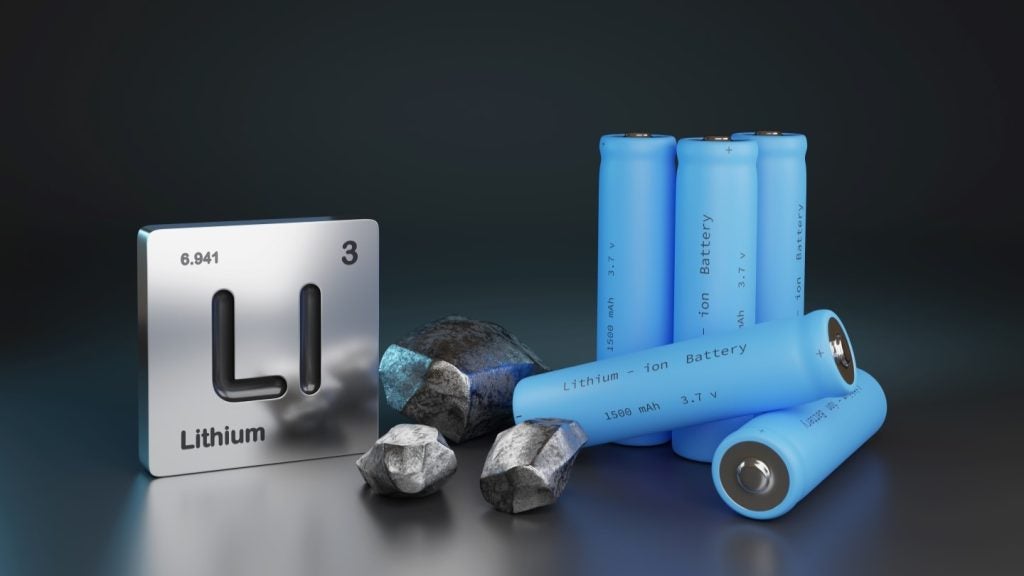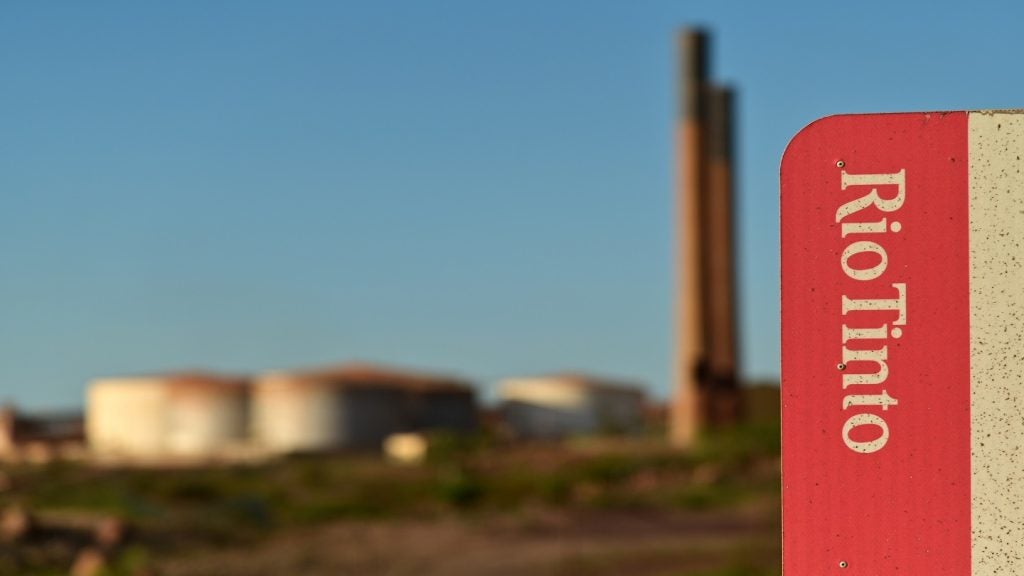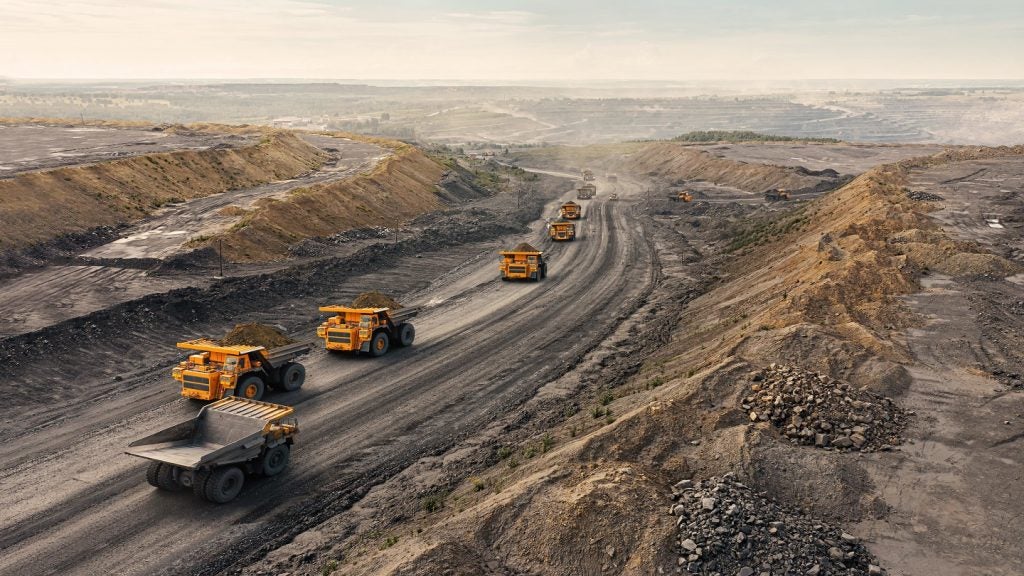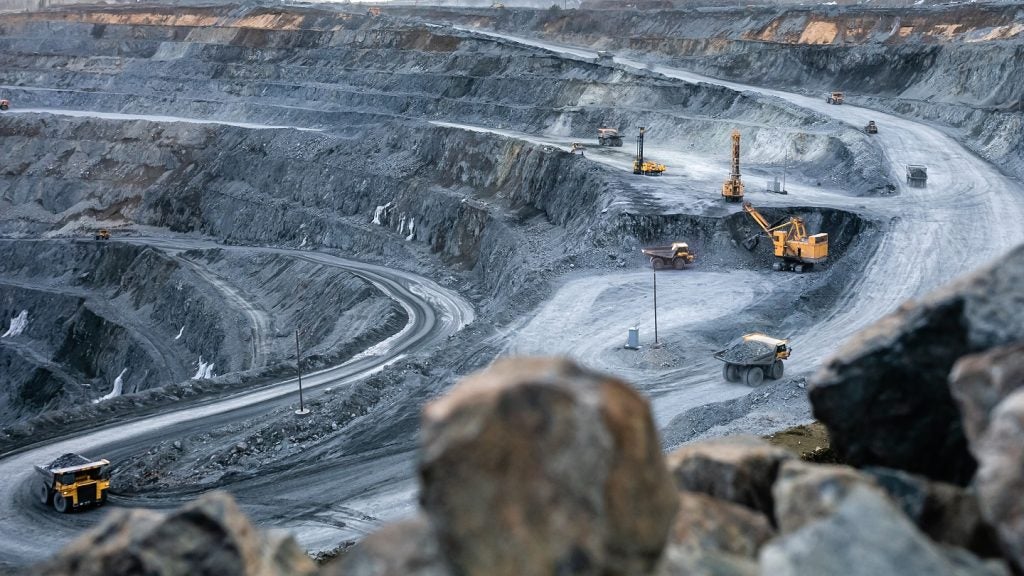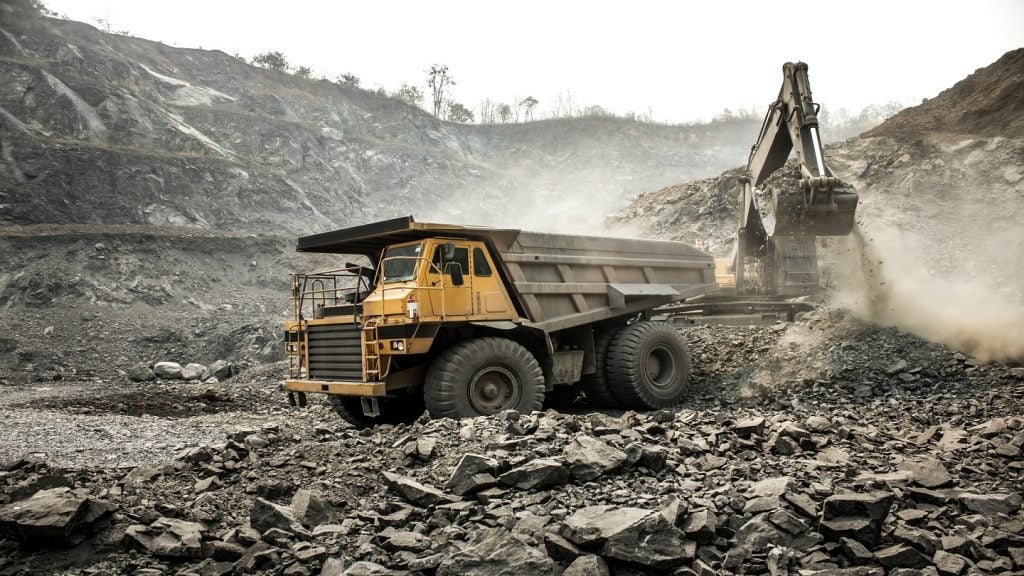US alumina and aluminium products producer Alcoa has announced plans to curtail production at the Kwinana Alumina Refinery in Western Australia (WA) by 2024.
This process is set to begin in Q2 2024.
The refinery, which currently operates at approximately 80% of its 2.2-million-tonne annual capacity, will see a phased workforce reduction from around 800 employees to approximately 250 by Q3 2024.
Alcoa executive vice-president and chief operations officer Matt Reed explained that the decision to cease operations at the 60-year-old facility is due to its age, scale, operating costs and current bauxite grades, in addition to current market conditions.
Reed said: “Today’s curtailment decision comes only after thorough and careful deliberation, and we acknowledge that this action will impact workers, business partners and the community.
“We deeply appreciate the commitment and support of our many loyal employees, contractors and suppliers at our Kwinana refinery, which has made a major contribution to Western Australia’s economic development over the past 60 years of continual operation.”
While alumina production will end, certain processes at the refinery will continue until Q3 2025. At this point, the number of employees is expected to be further reduced to approximately 50.
Despite the curtailment, Alcoa will actively manage the refinery and associated residue storage facilities.
The company's port facilities, located alongside the Kwinana refinery, will remain operational to facilitate the import of raw materials and export of alumina from Alcoa’s Pinjarra Alumina Refinery.
Alcoa has confirmed that production at its Pinjarra and Wagerup refineries will not be affected by the Kwinana production halt.
Reed added: “We will work closely with our employees to provide support with transitioning to other opportunities. This includes potential redeployment within our business or assistance to facilitate employment at other workplaces.”
“We remain committed to WA in the long-term and will continue to assess options for the refinery, monitoring the factors that have led to the curtailment decision.”


